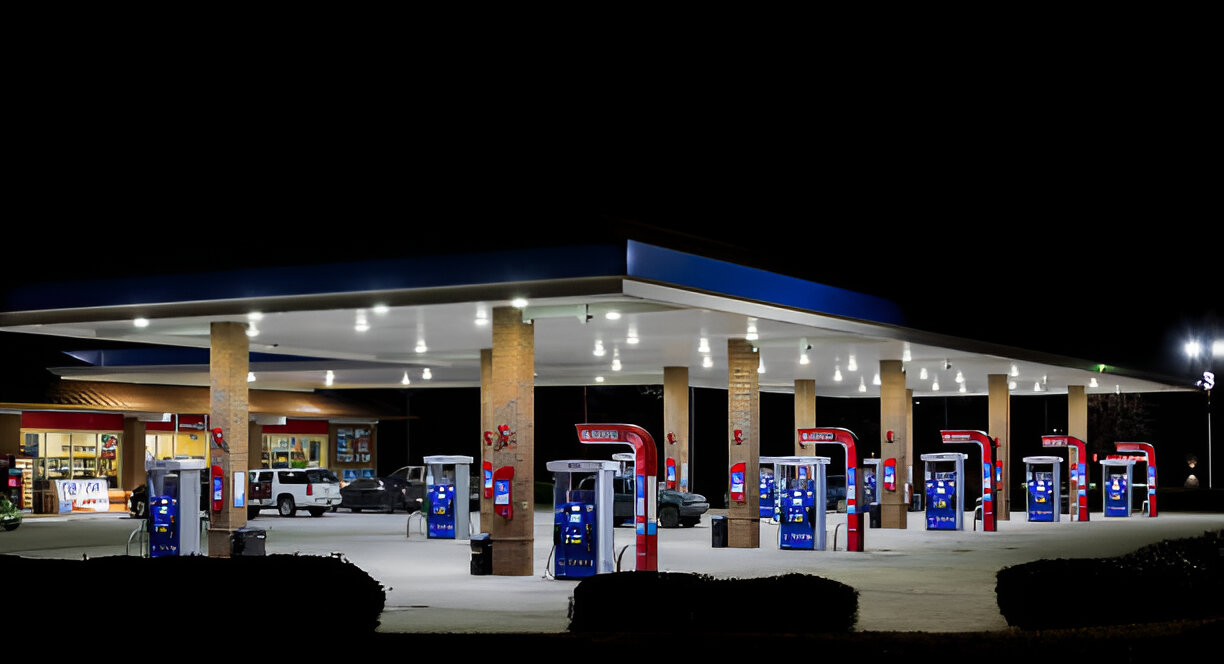Medical imaging and radiological procedures are essential for diagnosing and treating various health conditions. However, prolonged or excessive radiation exposure poses risks to both patients and healthcare professionals. Radiation shielding plays a crucial role in ensuring safety within hospitals, imaging centers, and laboratories where X-rays, CT scans, and nuclear medicine procedures are conducted.
Regulatory bodies such as the International Commission on Radiological Protection (ICRP) and the U.S. Nuclear Regulatory Commission (NRC) mandate strict radiation safety protocols to minimize exposure. These guidelines emphasize using nuclear shielding solutions, including structural barriers, protective garments, and specialized shielding materials, to create a safer environment for medical staff and patients.
The potential health risks of ionizing radiation include cellular damage, increased cancer risk, and genetic mutations. Hospitals and clinics can reduce these risks by implementing effective lead shielding for radiation while maintaining high imaging accuracy for diagnostics and treatment planning.
Common Shielding Solutions for Hospitals and Imaging Centers
Hospitals and diagnostic facilities utilize various radiation shielding methods to protect personnel and minimize exposure levels. Common shielding solutions include:
- Lead-lined walls and doors: Integrated into medical imaging rooms to contain radiation within designated areas.
- Leaded glass and acrylic barriers: Provide visibility while blocking harmful radiation exposure.
- Protective aprons and gloves: Reduce exposure for radiologists and technicians handling imaging equipment.
- Mobile radiation shields: Adjustable shielding panels for flexible protection in different clinical settings.
- Lead-lined cabinets and storage units: Secure storage for radioactive materials used in nuclear medicine.
Implementing these solutions ensures compliance with radiation safety standards and helps healthcare facilities maintain effective operational safety. Shielding solutions are selected based on the type of radiation exposure, the level of protection required, and regulatory compliance needs.
Leaded Glass vs. Acrylic Shielding for X-Ray Rooms
X-ray imaging rooms require specialized barriers to prevent radiation from escaping into surrounding areas. Two primary materials used for this purpose are leaded glass and acrylic shielding, each offering distinct advantages:
- Leaded glass: Provides high-density protection against X-ray radiation and offers superior optical clarity for observation windows.
- Acrylic shielding: A lightweight alternative that delivers effective radiation attenuation with enhanced durability and impact resistance.
Choosing between these materials depends on factors such as room configuration, required protection levels, and budget considerations. Both options contribute to maintaining a safe working environment in medical imaging facilities while ensuring compliance with radiation exposure limits.
Shielding Requirements for MRI, CT Scans, and Nuclear Medicine
Different imaging modalities require tailored radiation shielding strategies to address their unique radiation emission characteristics:
- MRI shielding: While MRI machines do not emit ionizing radiation, they generate strong magnetic fields that necessitate specialized shielding solutions such as RF-shielded enclosures and non-magnetic shielding materials.
- CT scan shielding: CT scanners produce higher radiation doses than standard X-ray machines, requiring lead-lined walls, doors, and ceiling barriers to prevent radiation leakage.
- Nuclear medicine shielding: Involves the handling of radioactive isotopes, necessitating lead shielding for radiation in storage areas, injection rooms, and patient isolation chambers.
Healthcare facilities must assess their shielding needs based on the specific radiation-emitting equipment in use, ensuring compliance with safety regulations and best practices. Nuclear shielding solutions also play a role in radiation therapy, where controlled radiation exposure is used for treating cancer and other conditions.
Future Trends in Medical Radiation Shielding
As medical technology advances, so do the innovations in radiation shielding materials and techniques. Some emerging trends include:
- Non-lead radiation shielding: Developing eco-friendly, lead-free shielding materials that offer equivalent protection without environmental concerns.
- Smart shielding solutions: Integrating real-time monitoring systems that assess radiation exposure levels and adjust shielding dynamically.
- Advanced composite shielding: Using lightweight, high-density composites to replace traditional lead barriers while maintaining effectiveness.
- Modular shielding panels: Flexible shielding solutions allow medical facilities to reconfigure protection zones.
These advancements aim to enhance radiation protection while improving material sustainability, cost-effectiveness, and ease of installation in medical environments.
The Economic Impact of Radiation Shielding in Healthcare
While the primary concern of radiation shielding is safety, it also has financial implications for healthcare institutions. Hospitals must invest in high-quality shielding materials to meet safety standards while maintaining cost efficiency. Factors influencing the economic aspect of shielding include:
- Installation and maintenance costs: Proper installation of lead shielding for radiation requires expertise and regulatory compliance, contributing to long-term operational expenses.
- Energy efficiency: Advanced shielding materials can reduce energy consumption by optimizing radiation containment, lowering facility costs.
- Longevity of materials: High-quality shielding solutions reduce the need for frequent replacements, offering long-term value.
Understanding the economic aspects of shielding ensures that hospitals and medical imaging centers make informed decisions when upgrading or implementing radiation protection solutions.
Effective radiation shielding is essential in healthcare facilities to protect patients, medical staff, and surrounding areas from excessive radiation exposure. Hospitals rely on various shielding solutions, from lead-lined structures to mobile shields and advanced protective materials, to maintain safety standards. As innovations in nuclear shielding and alternative shielding materials continue to evolve, medical imaging environments will benefit from improved radiation protection strategies.
Canada Metal North America provides high-quality lead shielding for radiation applications, ensuring compliance with industry safety regulations. For specialized shielding solutions, including lead bricks for customized shielding requirements, CMNA offers tailored options to meet healthcare facility needs. Contact Canada Metal North America to discuss your radiation shielding requirements and secure high-performance protective solutions for your medical facility.







